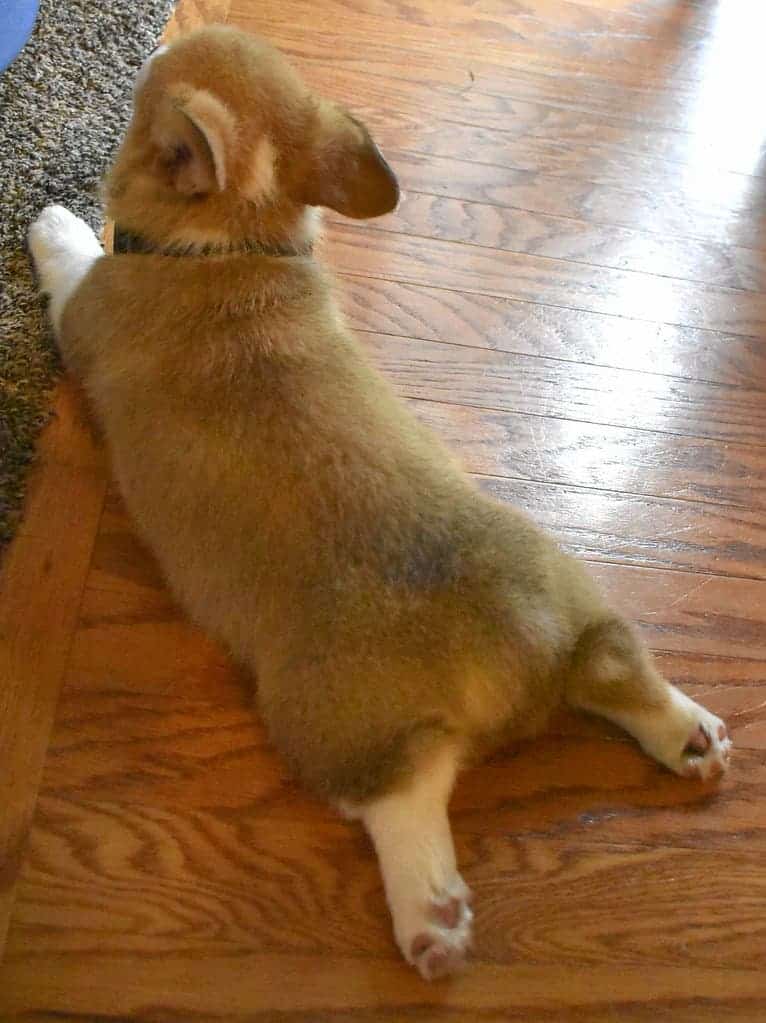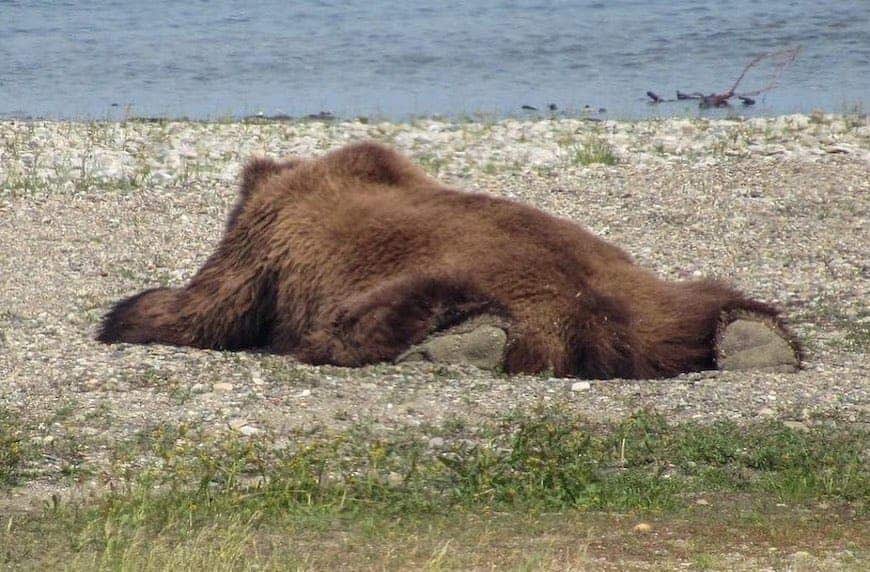These past few weeks, temperatures have been nigh-unbearable in many parts of the world, and it’s not just the humans that are suffering — it’s the animals too. Especially in the hotter urban areas, scorching temperatures have prompted a seemingly bizarre behavior: splooting.
Splooting, or more technically heat dumping, is a process through which animals stretch their hind legs back and lie on cooler surfaces to reduce their body heat. It’s commonly done by squirrels and sometimes, by dogs, and it’s no reason for concern, it’s just a sign that the animal is hot and trying to cool off.
The New York City Parks and Recreation department sent a tweet telling people not to worry about the behavior if they see squirrels doing it.
Sploot season
As the tweet went viral, a lot of people focused on the word, too. Splooting, is that a thing? Well, like other words such as boop or mlem, it’s weirdly descriptive. Sure, heat dumping is the more technically correct term, but the animal just sort of… sploots. The word seems to be at least semi-legit, as the Collins dictionary mentions it as a slang word that means “to lie flat on the stomach with the hind legs stretched out behind the body”. Also, as it turns out, it’s also more common than you think.
It’s not uncommon behavior for mammals — just like how humans sometimes sprawl in the AC to cool down. Mammals tend to have less fur on their bellies than on other parts of their bodies, so being in contact with a cooler surface allows them to dump some of their heat. Marmots in the wild do it too and corgis (and other dogs with relatively short legs) seem particularly adept at it — though it may also be done for stretching, not just for cooling down.

Larger animals, like bears, do it too, as highlighted in this Instagram post by the National Park Service. The NPS said it’s officially “sploot season,” going on to add:
“There are different types of sploot. Who knew?
There’s the full sploot, where both hind legs are splayed behind the animal. Then there is the side sploot when one hind leg sticks out to the side while the other leg is tucked in, and finally the half sploot where one back leg sticks straight out and the other is tucked underneath their belly. Be bear, squirrel, or even tortoise, it’s officially sploot season.
Splootacular!”

As you can imagine, the tweet from an official US agency about splooting sent Twitter into a frenzy, with plenty of people sharing their own photos of splooting. Cats don’t do it as often, but when they do, they turn themselves into a pancake.
Others were quick to share their own observations of splooting squirrels:
Regardless of how immobile they seem, splooting squirrels should be fine.
Sometimes, birds seem to do it too, as highlighted by one of the replies to the NYC Parks and Rec post. However, this behavior is mostly restricted to younger birds, as more adult birds are aware that this leaves them very vulnerable to predators. Adult birds will instead “perch and fluff their feathers and hold out their wings to allow air to flow through and cool off.”
Ultimately, while this behavior is nothing to be worried about, temperatures are rising, and this is affecting animals. The more temperatures rise, the more animals have to cope with more heat stress and adapt their overall behavior around this. Splooting is a fun little behavior — but the world is getting hotter, and this is not fun at all.


